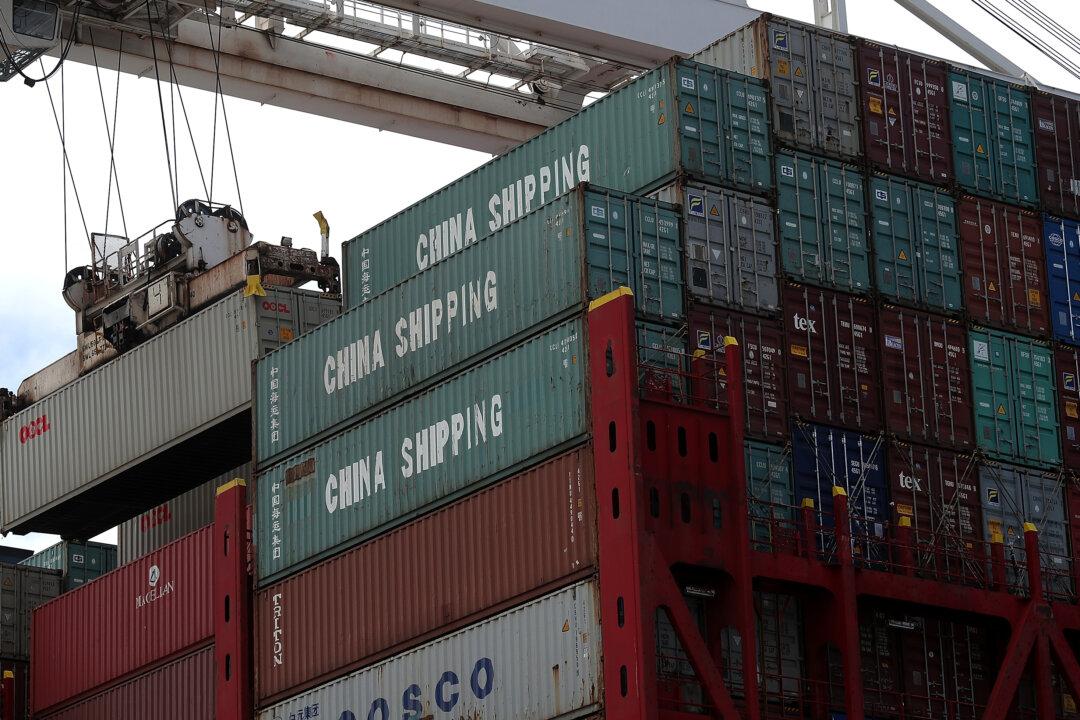U.S. retailers were happy to put 2024 behind them. With few exceptions, 2024 was one of the worst years on record for many retailers. Several well-known chains filed for bankruptcy and ceased operations, while many others closed hundreds of unprofitable locations in an attempt to staunch the bleeding. Across the board, retailer CEOs spoke of a challenging economic environment characterized by inflation-driven cost pressures, a constrained American consumer, and the need for deeper discounting.
Those who fell into bankruptcy, whether restructuring or liquidation, included many recognizable consumer names: Big Lots (discounter), Party City (event supplies), The Container Store (home goods), Bed Bath and Beyond (home goods, filed 2023), Express (specialty fashion), 99 Cents Only (dollar stores), Conn’s (home goods), Babcock (furniture), Lumber Liquidators (flooring), Joann (arts and crafts), and restaurants including TGI Fridays and Red Lobster.
At the root of the challenges faced by retailers was an American household that was facing substantial financial pressures. While inflation moderated in 2024, consumer prices remained more than 20 percent higher than they had been three years ago. Basic goods like food, fuel, and household costs comprised an increasing share of American wallets, squeezing out discretionary spending. In 2024, the majority of American households fell further behind in both real income and household wealth. Personal consumer indebtedness hit record highs (over $17 trillion in the United States), and savings rates touched near all-time lows. For Americans in the workforce, average real (after inflation) income has been falling since 2019.
As a result, American homeowners are not investing in their dwellings, their largest store of middle-class value. This can be seen in the performance of home improvement chains like Home Depot and Lowe’s, as well as in the home goods and consumer electronics stores like Target and Best Buy. Neither Lowe’s nor Home Depot have had positive comparable store sales in any quarter since 2022. Best Buy has had negative comparable store sales for 12 quarters. Industry-wide, average markdowns for electronics peaked at over 30 percent during the 2024 holiday season.
Even the normally defensive and recession-resistant dollar stores are in trouble. Customer traffic is down, sales have been weak, and transactions are smaller. Profits have been pressured by everything from cost inflation to high discounting and increased “shrinkage,” a polite way of saying shoplifting and theft. Shares of Dollar General and Dollar Tree have each fallen by over half in the past year.
There were some bright spots in 2024. Walmart continued to attract consumers, and has been able to generate respectable mid-single digit comparable store sales each quarter through the past three years. Costco also seemed to remain a consumer favorite. Comparable store sales have been at least in the high single digits for the past year and appear to be accelerating. U.S. comparable sales (ex-fuel) were up nearly 10 percent in December.
More fundamentally, consumers continue to shift to online and digital shopping environments, using AI-enabled shopping bots to find the best values. Online sales increased 8.7 percent to $241 billion during the 2024 holiday season. During the third quarter, e-commerce sales were estimated to account for over 16 percent of total retail sales and are growing as a percentage of total sales.
Looking forward to 2025, there are signs that the worst may be over for U.S. retailers. Consumer credit card debt came down by $13.8 billion in November, suggesting consumers may have purchasing power going into the new year. The economy added 256,000 jobs in December, well above economists’ forecasts of 160,000, the largest monthly gain since March.
The unemployment rate decreased 0.1 percent to 4.1 percent in December, suggesting a tightening labor market. Real wages appear to be finally growing. Average hourly earnings were up 4.4 percent in 2024, outpacing the Consumer Price Index growth by nearly 1.5 percent.
We can expect more consolidation in 2025 as retailers turn to mergers and acquisitions to address cost and efficiency issues. In December 2024, U.S. Federal and Oregon state courts simultaneously blocked the proposed $24.6 billion merger between Kroger and Albertsons, two of the largest U.S. grocery chains, on anti-trust grounds. Siding with Federal Trade Commission staffers, the courts cited concerns that the merger would reduce competition, potentially leading to higher prices and diminished service quality for consumers.
The Trump administration is likely to take a more lenient posture towards industry consolidation, looking at the issue from a wider lens that includes the impact of digital sales, AI, non-traditional formats, and foreign competition.
To get the U.S. retail economy moving again, the American consumer, which comprises some 70 percent of GDP and the vast majority of retail sales, will have to be able to spend. For that to happen, we need household deleveraging, higher real wages, and stable consumer prices. Only time will tell whether these elements can coalesce in 2025.







